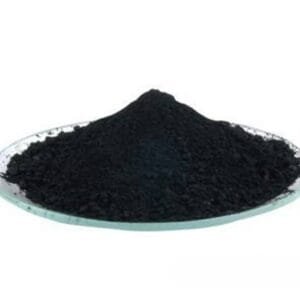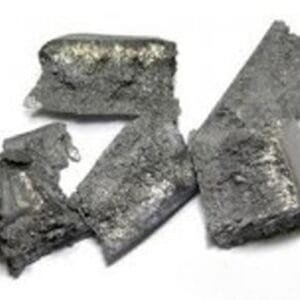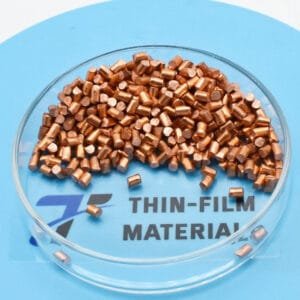Vanadium(V) Oxide Evaporation Materials Overview
TFM offers high-purity vanadium(V) oxide (V2O5) evaporation materials, which play an essential role in various deposition processes, ensuring superior film quality. With a chemical formula of V2O5, these materials are known for their high purity, reaching up to 99.9995%. TFM guarantees product reliability by utilizing stringent quality control processes during production.
Related Products:
Vanadium Evaporation Materials,
Vanadium(V) Oxide Evaporation Materials Specifications
| Material Type | Vanadium(V) oxide |
| Symbol | V2O5 |
| Appearance/Color | Yellow solid |
| Melting Point | 681 °C (1,258 °F; 954 K) |
| Density | 3.35 g/cm3 |
| Purity | 99.9% |
| Shape | Powder/ Granule/ Custom-made |
Applications of Vanadium(V) Oxide Evaporation Materials
Vanadium(V) oxide evaporation materials are used in a range of advanced applications, such as:
- Deposition Processes: Ideal for semiconductor deposition, chemical vapor deposition (CVD), and physical vapor deposition (PVD).
- Optical Coatings: Used for wear protection, decorative coatings, and display technologies.
Packaging and Quality Control
TFM ensures that vanadium(V) oxide evaporation materials are securely packaged and clearly labeled to facilitate easy identification and maintain strict quality control. Extra care is taken during storage and transportation to prevent any damage to the product.
Contact and Customization
TFM is a leading supplier of high-purity vanadium(V) oxide evaporation materials, available in various forms including tablets, granules, rods, and wires. Custom shapes and quantities are available upon request. In addition, TFM provides evaporation sources, boats, filaments, crucibles, heaters, and e-beam crucible liners. For pricing inquiries or further information on materials not listed, please contact TFM for a quote.


 MSDS File
MSDS File



Reviews
There are no reviews yet.